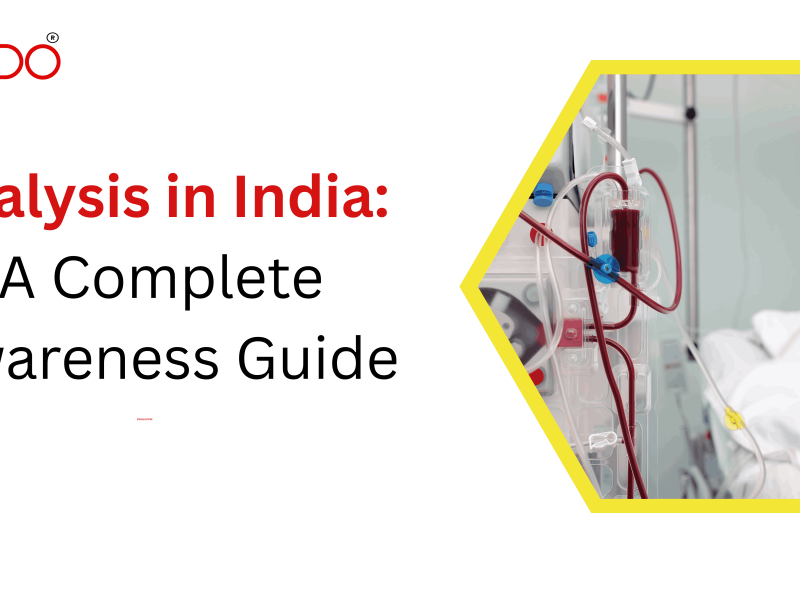Road accidents happen in the blink of an eye. One moment everything is normal, and the next, chaos unfolds—shattered glass, injured passengers, and panic all around. In such situations, fear and confusion often take over, leaving many bystanders unsure of what to do. Yet, these very first moments after an accident are the most crucial. The right action, taken quickly, can stop excessive bleeding, prevent complications, and even save a life. Knowing how to handle a road accident emergency and first steps to take is not just a useful skill—it’s a responsibility we all share as road users. Whether you are a driver, passenger, or passerby, being prepared can make the difference between life and tragedy. This guide will walk you through the essential first steps to take after a road accident, from securing the scene and calling for help to providing first aid and supporting victims until professional assistance arrives.
Why Immediate Action Matters
The first few minutes after a road accident are critical. Many fatalities occur not because of the impact itself, but due to delayed medical attention. For instance:
-
Severe bleeding can cause shock within minutes.
-
Blocked airways can lead to suffocation.
-
Unconscious victims may not survive without immediate positioning and care.
This is why knowing the correct emergency steps empowers ordinary people to become lifesavers during extraordinary moments.
Ensure Your Own Safety First
Before rushing to help others, you must make sure you are not putting yourself at risk. Entering a dangerous situation unprepared could make you a victim too.
-
Check the surroundings: Is there ongoing traffic? Are vehicles on fire? Is there leaking fuel?
-
Park safely: If you’re driving, pull your vehicle over at a safe distance and turn on hazard lights.
-
Wear protective gear if available: Gloves or masks can protect you when giving first aid.
Remember the rule: Your safety first, then the victim’s.
Secure the Accident Scene
Securing the accident scene helps prevent additional injuries.
-
Turn on hazard lights or place warning triangles on the road.
-
Signal to oncoming vehicles to slow down.
-
If the accident happened at night, use flashlights or reflective objects to improve visibility.
-
Keep bystanders organized and prevent unnecessary crowding.
Call for Emergency Help
Once the scene is safe, call the local emergency number (in India, dial 108 or 9343180000 for ambulance, 100 for police, or 112 for all-in-one emergency services).
When calling, be clear and precise:
-
Your exact location (landmarks, road names, GPS coordinates if possible).
-
Number of people injured.
-
Severity of injuries (bleeding, unconscious, trapped).
-
Any fire or hazardous situation.
Do not hang up until the dispatcher has confirmed all details.
Assess the Condition of the Victims
Approach the victims calmly and check their condition. Use the DRABC method:
-
Danger – Ensure it’s safe to approach.
-
Response – Tap the victim’s shoulder and ask loudly, “Are you okay?”
-
Airway – If unresponsive, gently tilt the head back and lift the chin to open the airway.
-
Breathing – Check for normal breathing for 10 seconds.
-
Circulation – Look for bleeding, pulse, or movement.
This quick check helps you prioritize who needs urgent care first.
Provide First Aid
1. For Unconscious Victims
-
Place the person in the recovery position (on their side, head tilted back) to prevent choking.
-
If they are not breathing, start CPR (30 chest compressions followed by 2 rescue breaths, repeat).
2. For Severe Bleeding
-
Apply firm, direct pressure to the wound with a clean cloth or gauze.
-
If bleeding doesn’t stop, apply more layers without removing the original one.
-
If possible, elevate the injured area above heart level.
3. For Fractures
-
Do not move the person unnecessarily.
-
Immobilize the injured limb using splints or by tying it to a firm support.
-
Avoid straightening twisted limbs.
4. For Head or Neck Injuries
-
Do not attempt to move the head or neck.
-
Support the head in the position found until professionals arrive.
5. For Burns (if a fire is involved)
-
Extinguish flames using water, blanket, or by making the victim roll on the ground.
-
Cool burns with running water for at least 10 minutes.
-
Do not apply oils, butter, or toothpaste.
Avoid Common Mistakes
In the heat of the moment, people often make errors that worsen injuries. Avoid these mistakes:
-
Do not give food or water to unconscious or severely injured victims.
-
Do not try to pull out embedded objects like glass or metal.
-
Do not move victims unnecessarily, especially if spinal injuries are suspected.
-
Do not delay calling emergency services while trying to help.
Support Victims Emotionally
Accidents can leave victims in shock, frightened, or panicking. Providing emotional support is just as important as physical first aid.
-
Speak calmly and reassure them: “Help is on the way.”
-
Hold their hand if appropriate, offering comfort.
-
Keep them warm with a blanket or clothing to prevent shock.
Cooperate With Emergency Responders
When professionals arrive:
-
Provide all the information you gathered about the accident and the victims.
-
Step back and allow trained personnel to take over.
-
Offer to guide traffic or assist authorities if asked.
Legal and Ethical Considerations
Many people hesitate to help accident victims due to fear of legal trouble. However, in India, the Good Samaritan Law protects bystanders who assist accident victims from legal and procedural hassles.
-
You are not obliged to disclose personal details.
-
You cannot be forced to pay hospital bills for victims.
-
Your only duty is to ensure help reaches the injured safely.
This law encourages citizens to act without hesitation during emergencies.
Follow Up
If you were directly involved in the accident:
-
Get yourself medically examined, even if you feel fine. Some injuries show symptoms later.
-
Cooperate with police investigations truthfully.
-
Contact your insurance provider if necessary.
If you were a witness:
-
Check in with the authorities to confirm if further information is needed.
-
Take time to process the experience—it can be emotionally stressful.
The Role of First Aid Training
While this guide helps you act in an emergency, formal first aid training equips you with practical skills and confidence. Training covers:
-
CPR techniques
-
Managing bleeding and fractures
-
Handling burns and choking
-
Using first aid kits effectively
Being trained doesn’t just prepare you for road accidents—it prepares you for all types of emergencies in daily life.
Building a Road-Safe Society
Handling road accidents isn’t just about first aid—it’s about prevention and awareness. Here are some measures every individual can take:
-
Always wear seat belts and helmets.
-
Follow speed limits and traffic rules.
-
Avoid drunk driving or using phones while driving.
-
Keep a first aid kit in your car at all times.
-
Spread awareness about Good Samaritan protections.
A community that is prepared and proactive can drastically reduce accident-related fatalities.
Conclusion
A road accident is an unexpected event that can change lives in an instant. While no one anticipates being part of such a situation, knowing how to respond can make all the difference. The first steps you take—ensuring safety, calling for emergency help, and providing basic first aid—can mean the difference between life and death for an injured person.
It’s important to remember that you don’t need to be a medical expert to save a life. Staying calm, acting responsibly, and offering timely assistance until professionals arrive is often enough. At the same time, protecting yourself, avoiding common mistakes, and being aware of your rights under the Good Samaritan Law ensures that you can help without fear.
Ultimately, handling road accident emergencies is not just about reacting to tragedy—it’s about building a safer and more compassionate society. By learning these steps and spreading awareness, we can all contribute to reducing fatalities and giving victims a better chance at recovery. The next time you’re faced with such a situation, remember: your courage, quick thinking, and compassion could be someone’s lifeline.



